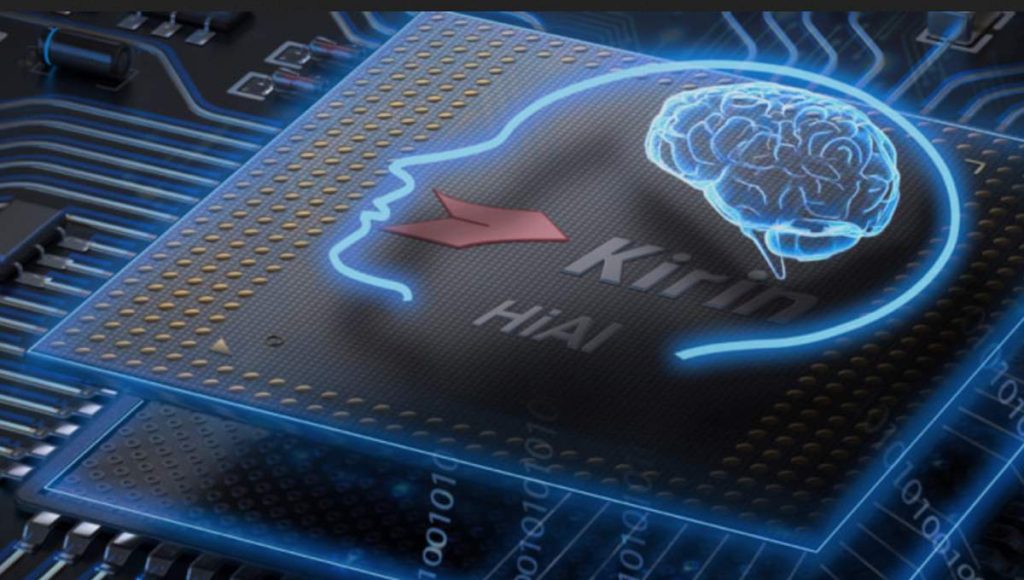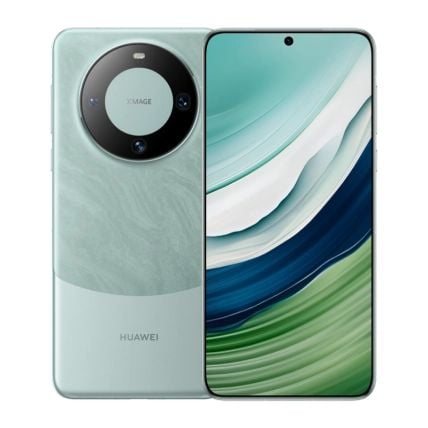At the 2023 World Computing Conference, Huawei Vice Chairman and Rotating Chairman Xu Zhijun acknowledged that the company’s chips, servers, and PCs lag behind those of foreign companies. However, he believes that the only way to close this gap is to use Huawei’s own products.

Xu Zhijun argued that if Huawei does not use its own chips, the gap will only widen. However, if Huawei uses its chips on a large scale, it could pull and promote the progress of the company’s entire technology and products, and eventually catch up with foreign companies.
Xu Zhijun also pointed out that China’s general computing industry is currently advancing in three ecosystem forms. First is the X86, second is the Pentium ecosystem, and third and last is the RISC-V open-source ecosystem. He believes that these three ecosystems will develop in parallel for a long time in the future and that it is still too early to say which one will ultimately be the most successful.
In addition, Xu Zhijun stressed the importance of building an independent computing industry ecosystem in China. He said that this is essential for sustainable development and that it must be built on the basis of actually available chip manufacturing processes. Xu Zhijun also said that computing power infrastructure must be built on sustainably obtained computing chips and on an ecological basis.
Huawei has finally launched the Mate 60 smartphone with 5G connectivity after a long hiatus. The Mate 60 series uses a Kirin chip processed with 7nm technology, which is a few years behind the competition. However, this is a significant milestone for Huawei, as it marks the company’s return to 5G.

While the new Kirin chip is not as advanced as its competitors, it is a step in the right direction for Huawei. The company needs to start somewhere, and the self-made chip strategy could be a foundation stone for its growth in the semiconductor industry in the near future.
Related:
- Huawei Watch GT 4 smartwatch launched with new health features in 41mm and 46mm sizes
- Huawei schedules its Autumn Launch Event for September 25, Kirin 9000s formal announcement expected
- Huawei Mate X5 goes on sale, price starts at $1,785
- Skyball Rigor, Elevate Smartwatches With AMOLED Displays Launched In India
- Xiaomi Watch 2 Pro new leaks: MIUI-flavored WearOS coming along with Snapdragon W5+ Gen 1 chip







